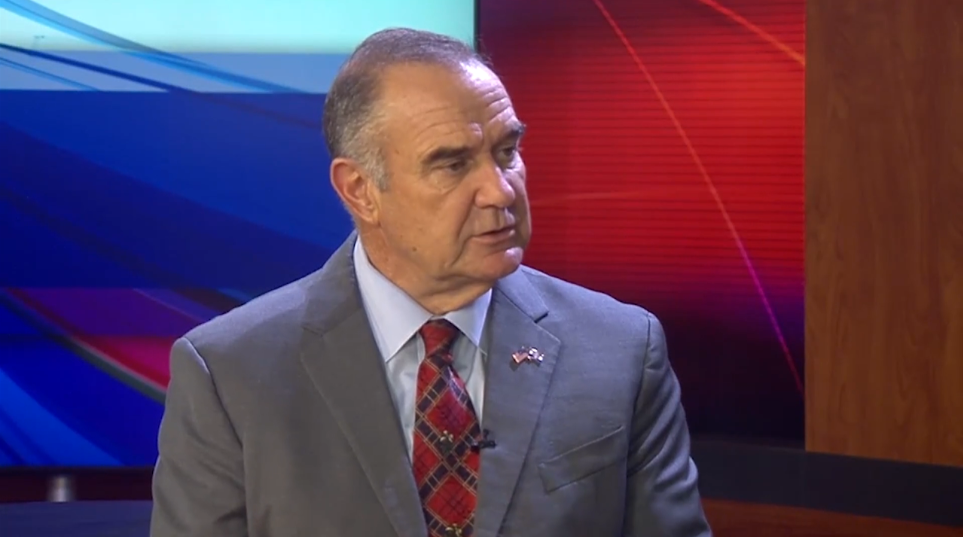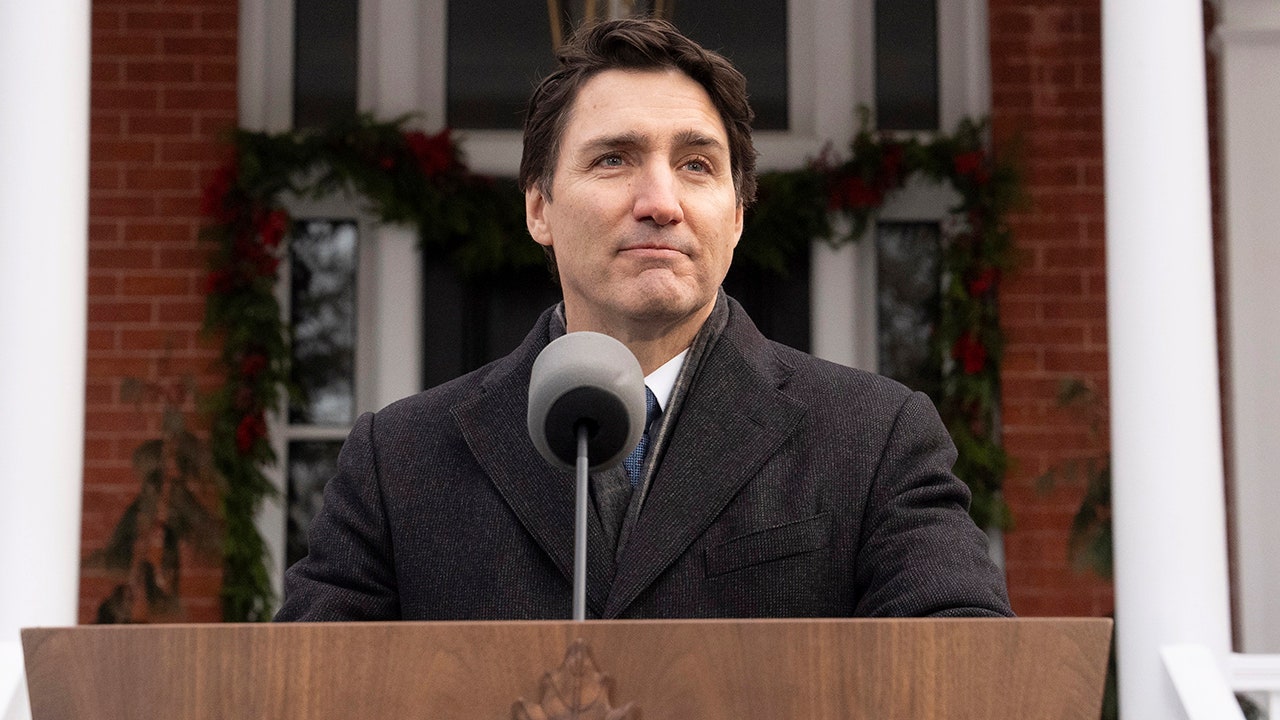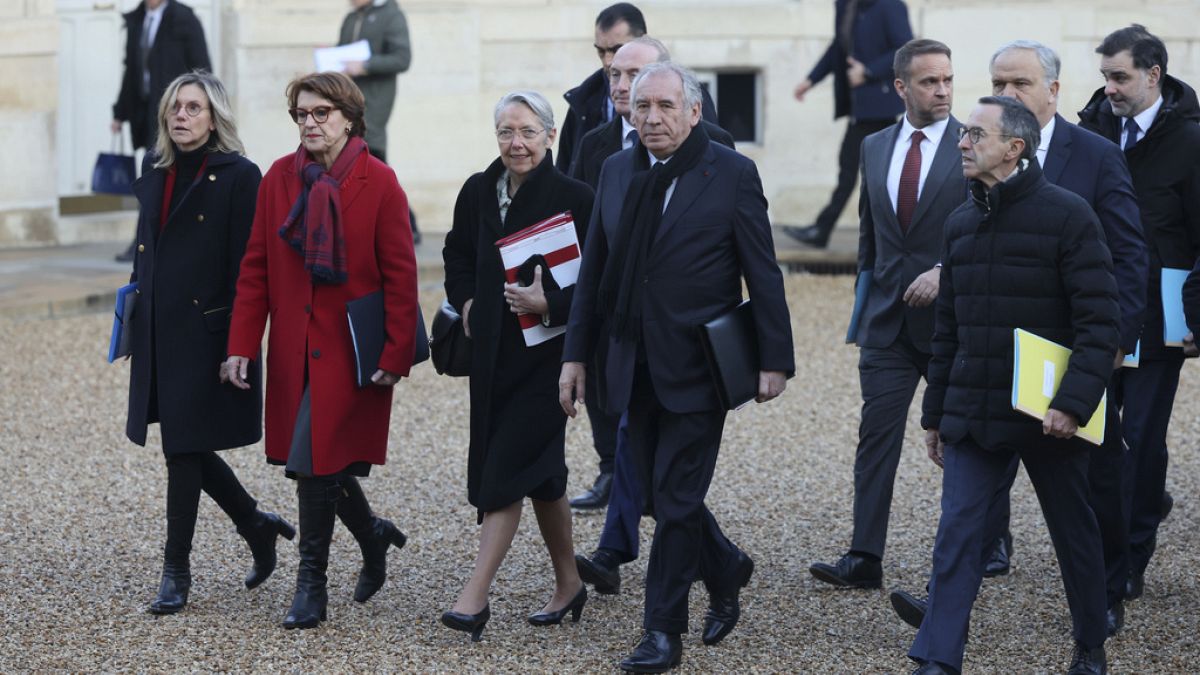A multimedia exhibit showcasing the stories and histories of Alaska’s Filipino community is debuting this weekend at the Anchorage Museum.
“Mana: The History We Inherit” is a collection of stories from Filipino elders living in Alaska. It includes portraits, photo archives and stories pulled from oral accounts gathered over the last year.
It’s created and produced by local artists and journalists Joshua Albeza Branstetter, Shayne Nuesca and Tasha Elizarde, who say they joined up to launch the Mana Alaska project last year as a way to share and preserve stories from Filipinos in Alaska that might otherwise be lost or overlooked.
Filipinos have lived in Alaska for more than 200 years and are the state’s largest immigrant community. Around 27,000 people of Filipino descent live in the state. But few published accounts of their histories exist, written or otherwise.
“‘Mana’ means ‘to inherit’ and it also means ‘to pass down’” in Tagalog, Nuesca said. “So these stories are what we are inheriting in real time from our elders while they are still with us. And they are something that we can take and pass down to the next generation.”
“An Indigenous friend of mine told me that whenever an elder passes, a museum is burning down. Because so much of our history, especially with Filipinos, is passed down orally,” said Albeza Branstetter.
The three spent months gathering hours of tape from older Filipinos in Juneau, Anchorage, Fairbanks and Kodiak. The exhibit showcases just some of that work and those stories, and includes photo galleries and a digital archive that will be housed on the Mana Alaska website, they said.
Their efforts to gather stories from Alaska’s Filipino community are ongoing; they’re always accepting more contributions from elders and others in the community, they said.
“There’s so many stories we haven’t told,” Albeza Branstetter said.
For the exhibit, the three said they intentionally chose to highlight a range of stories, including elders who had worked in canneries and served in the military — people who might not otherwise be highlighted in a museum gallery or in written histories.
“I hope that our elders understand that their stories matter,” Nuesca said. “And I think this is kind of our way of extending gratitude and thanking them for paving the way for us to be able to do this kind of work.”
For Albeza Branstetter, who works as a documentarian and photographer in Alaska, it was important that the stories in the project were collected and curated by and for Filipinos, with a strong sense of creative control.
“What inspires me and gives me hope is this idea of communities taking ahold of their history, taking ahold of their art, and really owning that. Not being tied down by any institution who are saying, ‘We’re going to do this for you,’” he said.
He and Nuesca said it also made a difference to those being interviewed that their stories were being gathered by Filipino Alaskans.
“I think there’s value to having somebody who looks like you tell your story,” Nuesca said.
“There’s a trait that we have, that’s hard to translate in English, called ‘hiya’” in Tagalog, she said. “It’s kind of a feeling of shame, or a feeling of, ’Don’t say too much, don’t reveal too much.’ And I could hear that in some of the stories. And I could hear Josh and Tasha trying to bring more out of them. But there was that level of, they had to feel comfortable to let go of that shame or shyness. And I don’t think any other media maker could do that if they weren’t Filipino.”
[‘They have a loyalty’: AFN photos capture generations of Alaska Natives’ military service]
The three said in interviews that they initially weren’t sure how receptive Alaska’s Filipino community would be to the project, but they were easily able to find dozens of people who wanted to talk to them during their first trip to Juneau, just by word of mouth.
“We really saw in Juneau that this is something the community has been hungering for,” Albeza Branstetter said.
They described the experience of gathering the stories as powerful and healing, both for them and for the elders they interviewed.
The opening of the exhibit Saturday includes special programming from 11 a.m. to 1 p.m. with music, food, vendors, guest speakers and prizes. It comes at the close of Alaska’s first ever state-recognized Filipino-American History Month.
Museum admission will be free Saturday as part of the opening.
One of the speakers at Saturday’s event will be state Rep. Genevieve Mina, an Anchorage Democrat who is the second lawmaker of Filipino heritage to serve in the Alaska Legislature. This year, she introduced the bill to establish the month of October as Filipino American History Month, which passed unanimously in May.
Mina said this week she is excited about the exhibit and the project, which she described as one of the first museum exhibits in Alaska to honor contemporary Filipino-American history.
“Being Filipino in Alaska, and just being Filipino-American in general, there’s often this feeling of invisibility,” Mina said.
“Our elders haven’t really had a chance before to talk about their own stories. So I’m really excited about this. I think it will be an incredible convening that our community hasn’t seen maybe in decades,” she said. “And there will be food.”

:quality(70)/cloudfront-us-east-1.images.arcpublishing.com/adn/F5BBAMXAO5BETBHQ4WS3MYRB3U.JPG)
:quality(70)/cloudfront-us-east-1.images.arcpublishing.com/adn/SBWSJRROZNHTHJGP6NQUCAMKIQ.JPG)
:quality(70)/cloudfront-us-east-1.images.arcpublishing.com/adn/K4ZC3HXB2ZFRBKYARO5D6T3EM4.JPG)






:quality(70)/cloudfront-us-east-1.images.arcpublishing.com/adn/FJF52QJA4JDEZKLNNPODZ3NRCU.JPG)













/cdn.vox-cdn.com/uploads/chorus_asset/file/25822586/STK169_ZUCKERBERG_MAGA_STKS491_CVIRGINIA_A.jpg)




